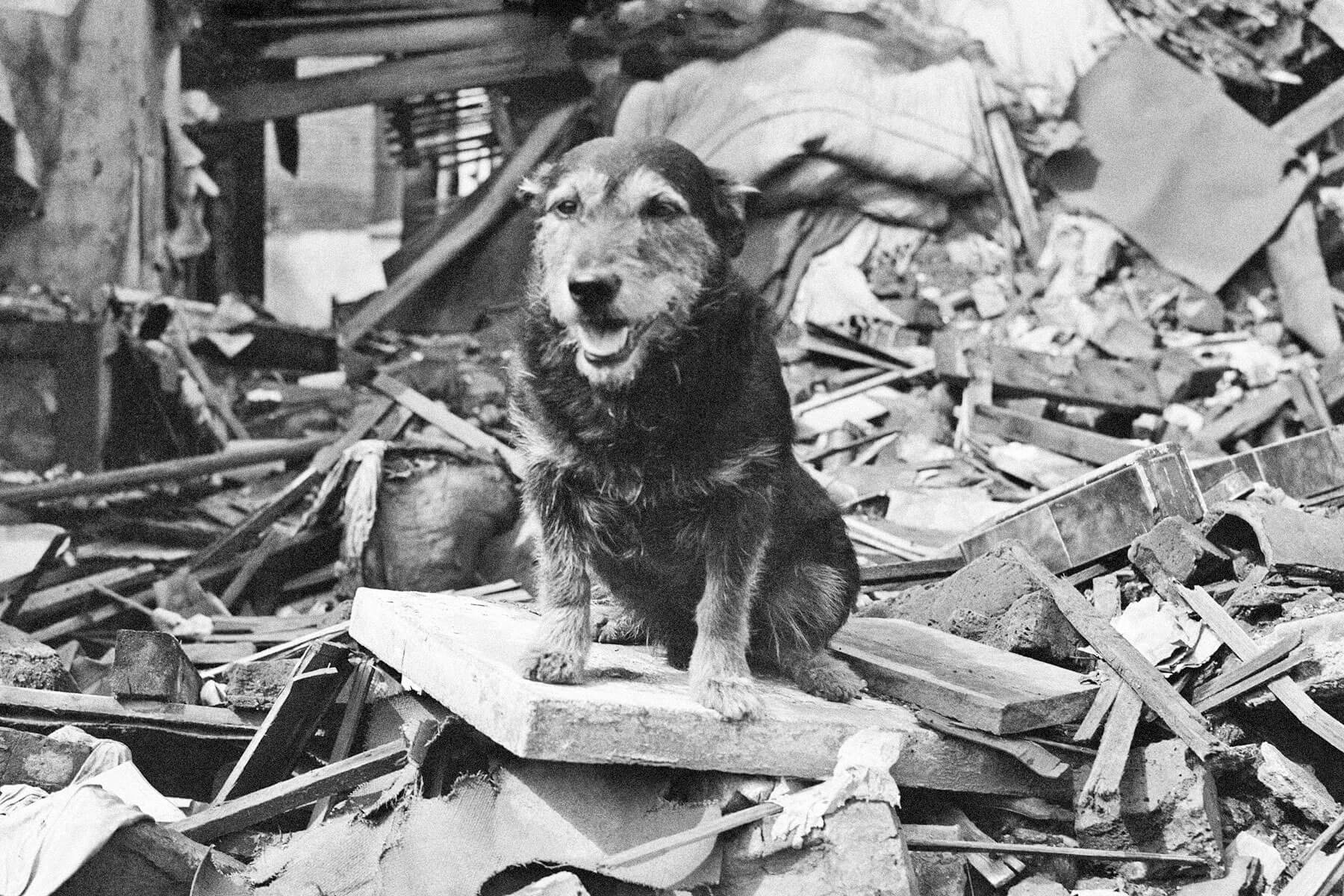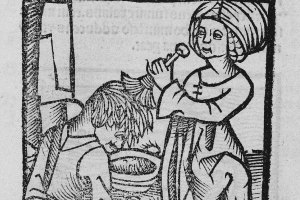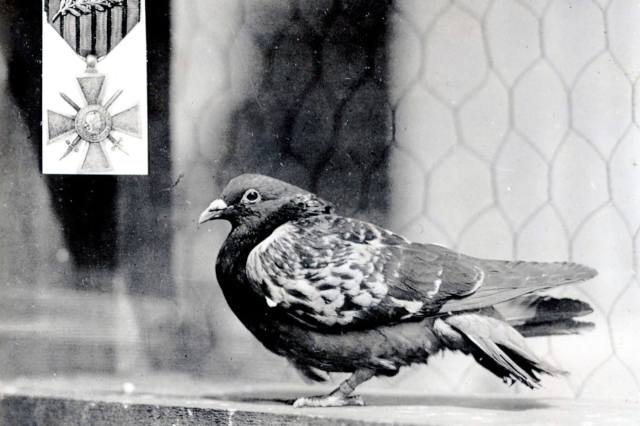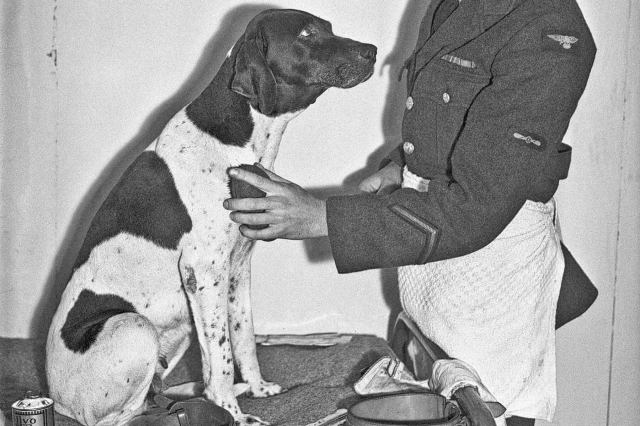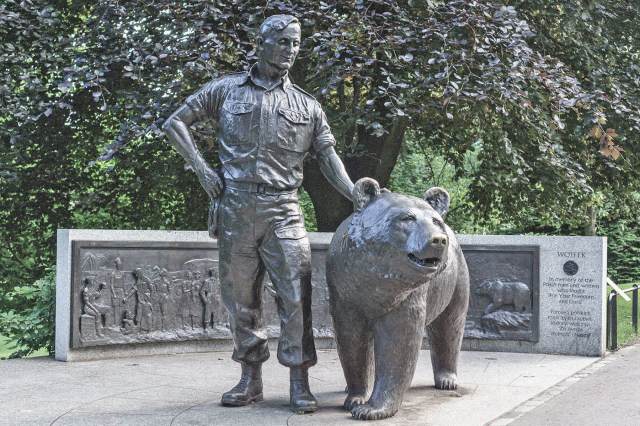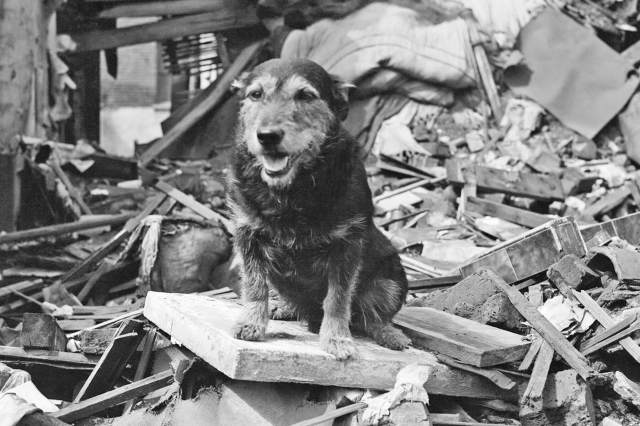The Heroic Stories of 6 Wartime Animals
Humans and animals have fought side by side since prehistoric times. Dogs have long been our faithful companions in times of peace and conflict, while horses, camels, elephants, and other mounts helped win many of the most important battles in history.
In modern times, particularly during World War I and World War II, animals played a vital role in active combat, transportation, and communication — not to mention the numerous animal mascots who helped keep morale high in the most testing of times. It’s estimated that in World War I alone, more than 16 million animals served in these various ways. Here are a few such incredible wartime animals, including daring dogs, courageous carrier pigeons, and a mischievous brown bear.
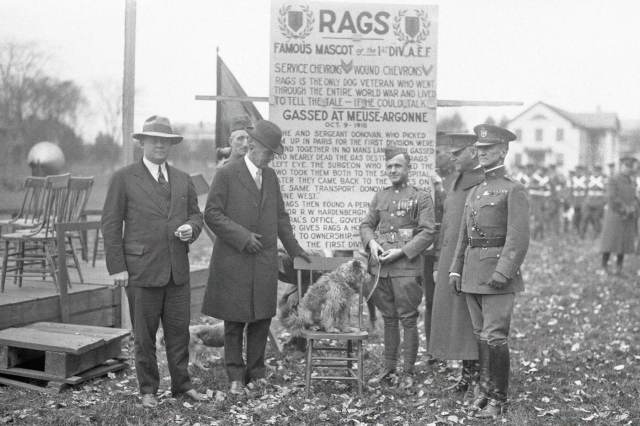
Rags the Scotch-Irish Terrier
In 1918, while walking through the streets of Paris, Private James Donovan saw what he thought was a pile of rags — but when the rags moved, he realized it was a little Scotch-Irish terrier, abandoned in the gutter. Donovan adopted the dog, which followed him everywhere, and Rags, in turn, became the mascot of the U.S. 1st Infantry Division. But Rags was more than just a mascot. Donovan taught him to run messages that were affixed to his collar across the front lines, dodging shellfire as he went. Rags also led medics to wounded men, and — using his superior canine hearing — was able to alert his unit to incoming shellfire. He was also taught to salute with his right front paw.
On October 9, 1918, Rags and Donovan were hit by German shellfire and gas shells. Rags sustained injuries to his right front paw, right ear, and right eye, and was mildly gassed, while Donovan was more seriously wounded. Both were treated, but only Rags survived. His unit and other soldiers who knew of Rags’ heroics made sure the pup got safely back to U.S. soil, where he lived a celebrated life until his death at age 20.
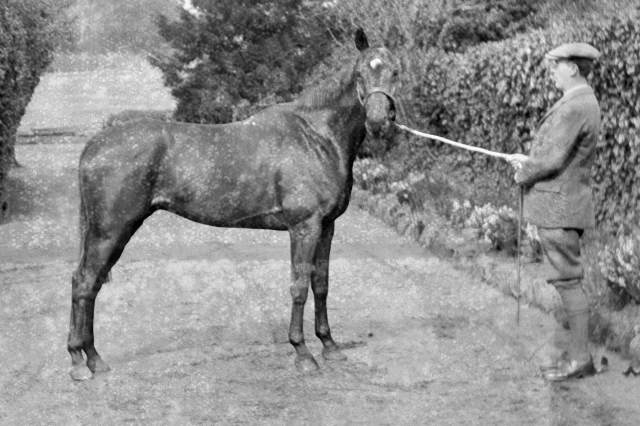
Warrior the Stallion
When General Jack Seely left his home in 1914 to take command of the Canadian Cavalry Corps, his beloved thoroughbred stallion, Warrior, went with him to the Western Front. So began one of the most amazing animal stories of World War I. During the next four years, Warrior took part in some of the most ferocious and pivotal battles of the Great War. He saw action at the Battle of the Somme, Ypres, Cambrai, and Passchendaele, and in 1918 he led a cavalry charge against the Germans at Amiens, in a battle that proved crucial in bringing the terrible war to an end. Warrior never gave in, despite being buried in mud and rubble, trapped in burning stables, and charging through intensive barrages of machine-gun fire and mortar shells — it was no wonder he became known as “the horse the Germans couldn’t kill.” Having survived it all, Warrior and Seely returned home to the Isle of Wight, where the famous stallion lived a peaceful life until his death in 1941 at the age of 32.
In 2014, a century after the start of the Great War, Warrior posthumously received the PDSA Dickin Medal (also known as “the animals’ Victoria Cross”), the highest honor an animal can receive in Britain for acts of bravery while serving in a military conflict. Warrior is the only recipient to predate the medal’s institution in 1943, and was chosen to receive the honor on behalf of all the brave animals that served in World War I.





